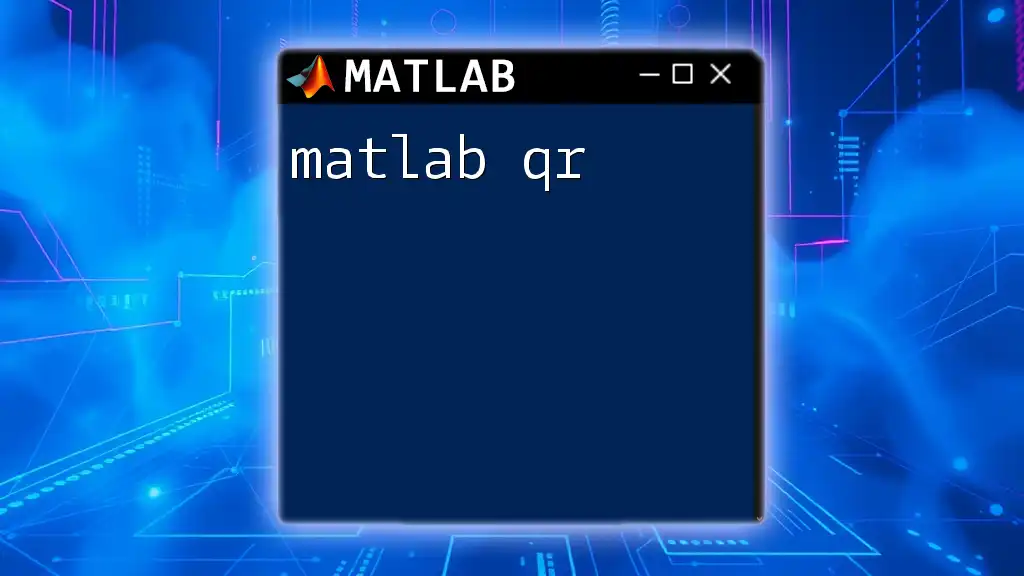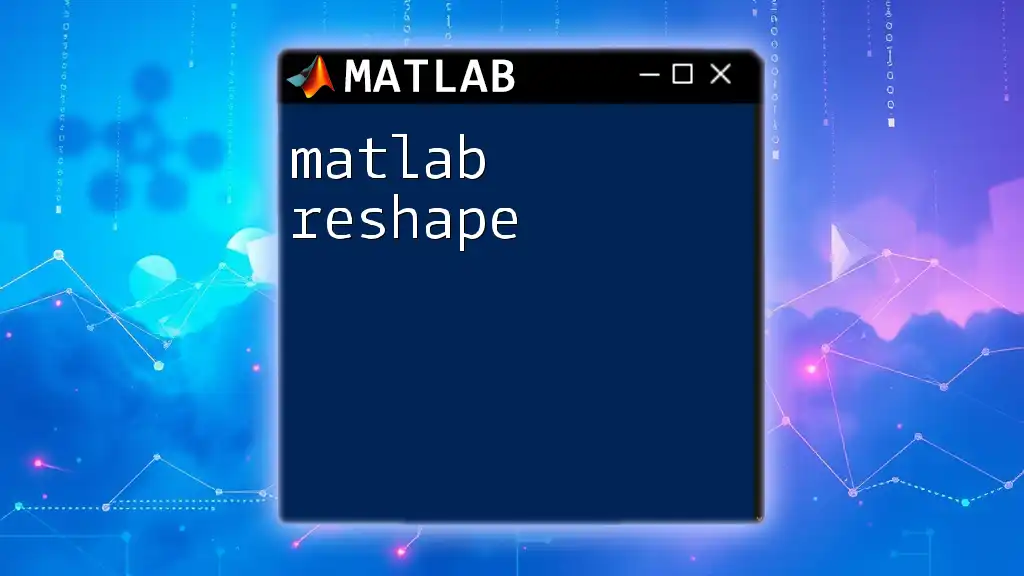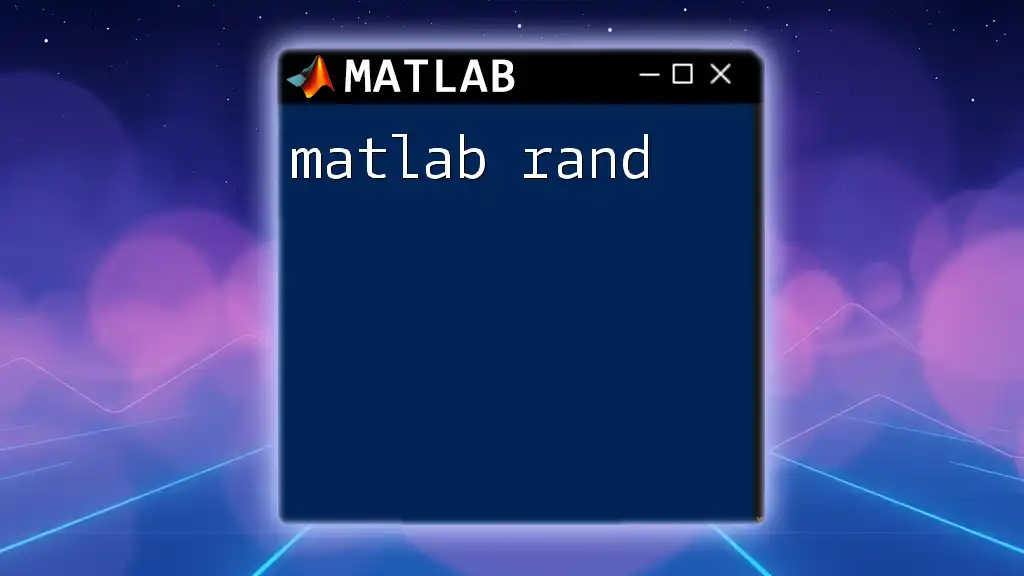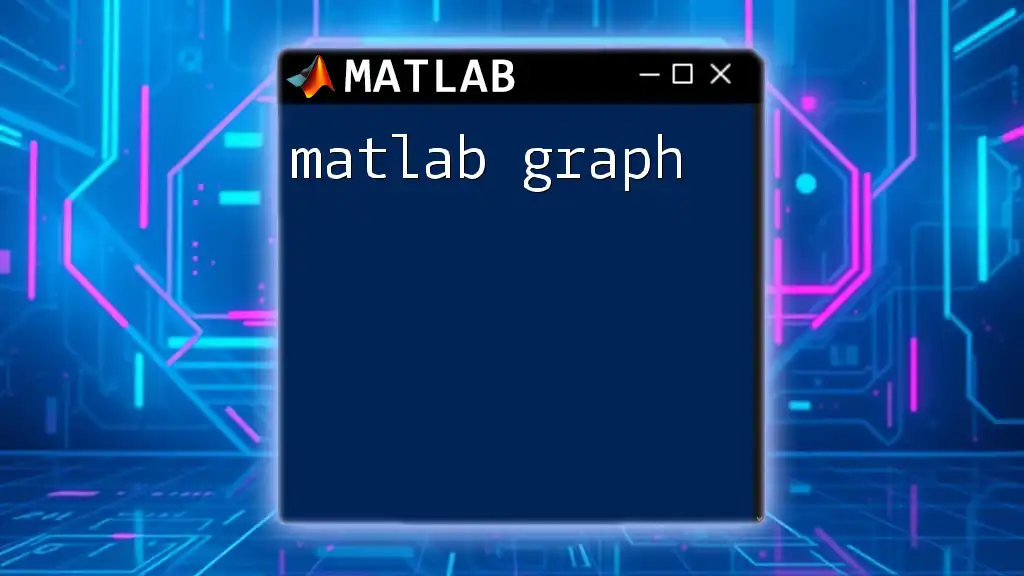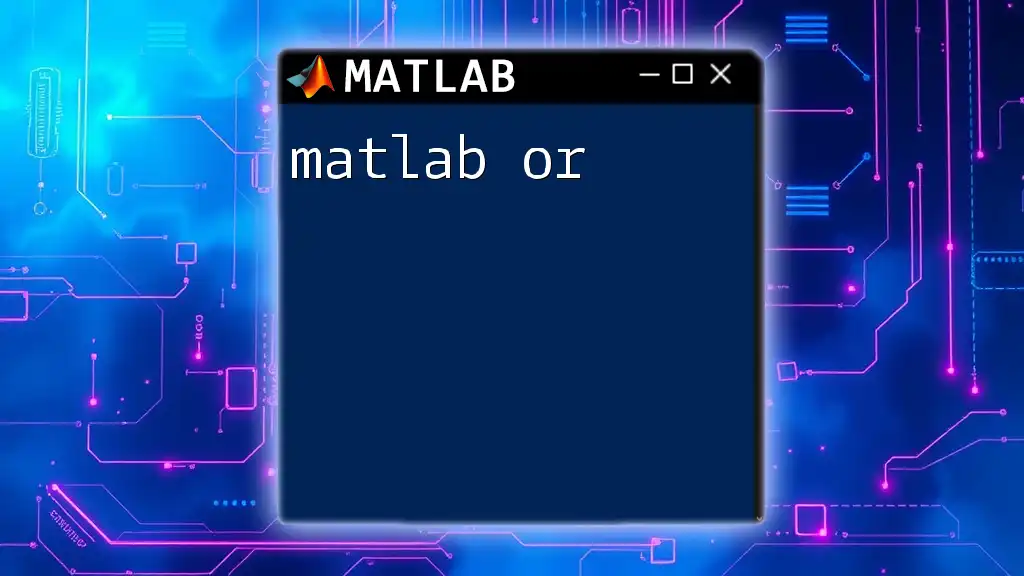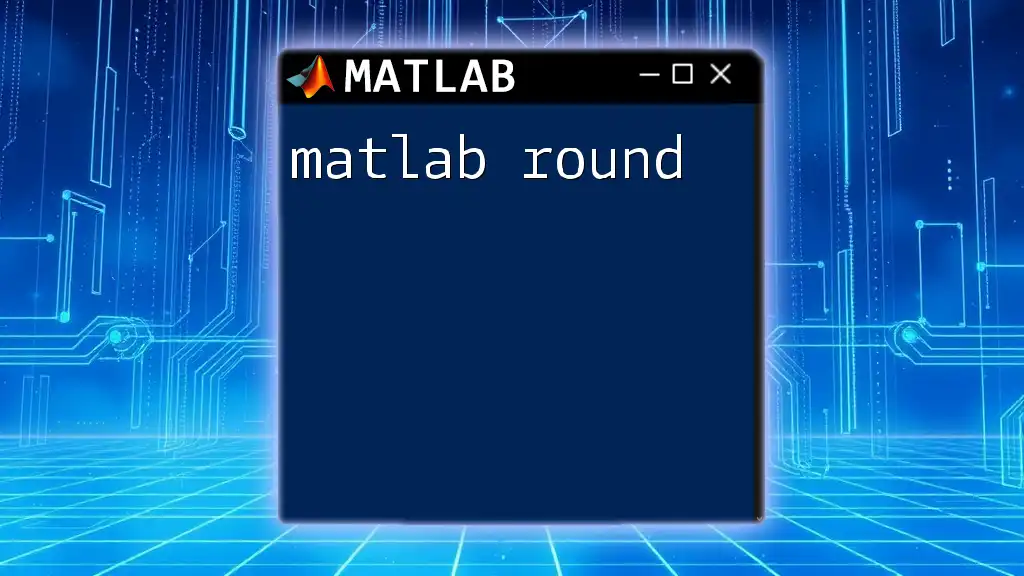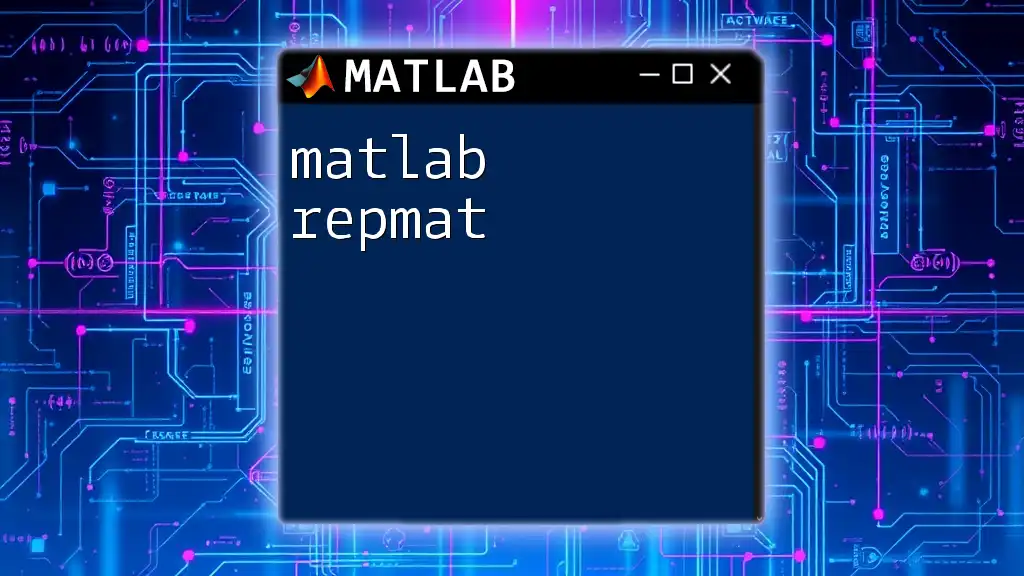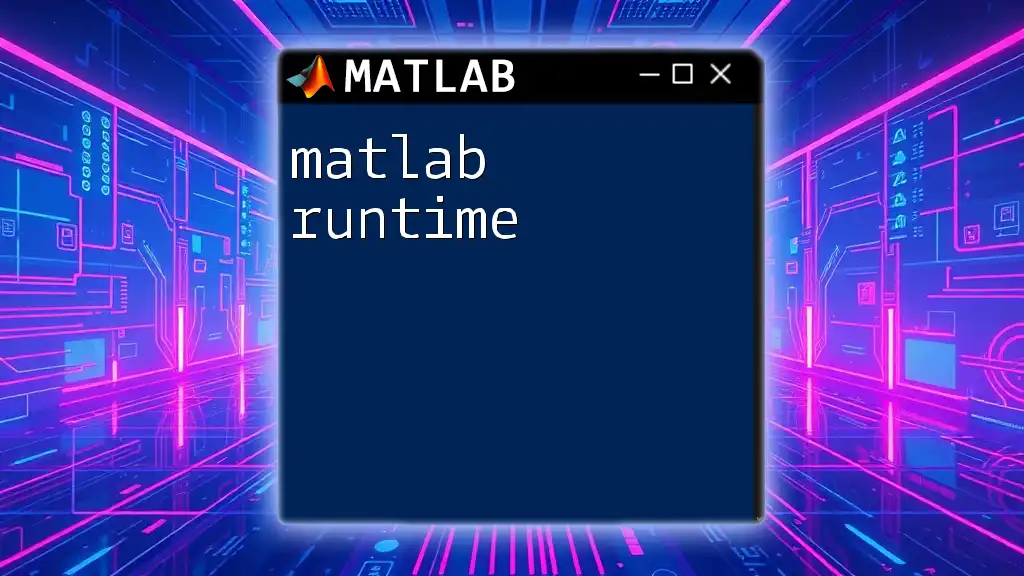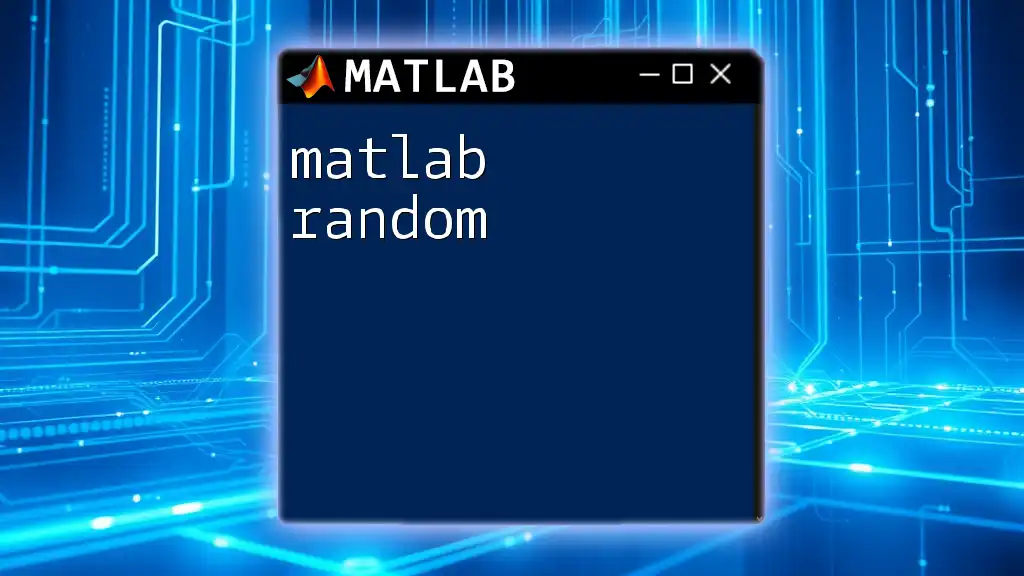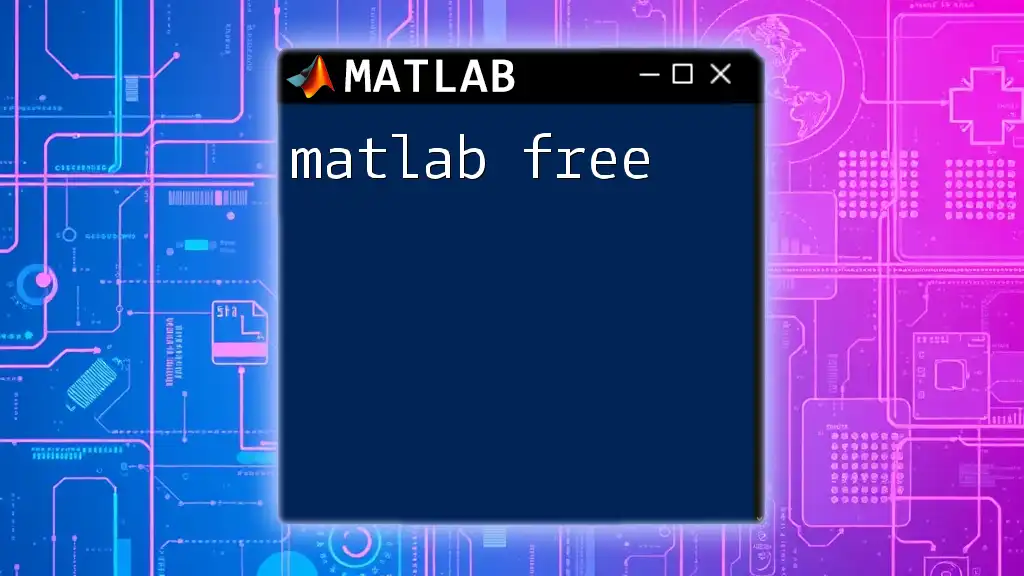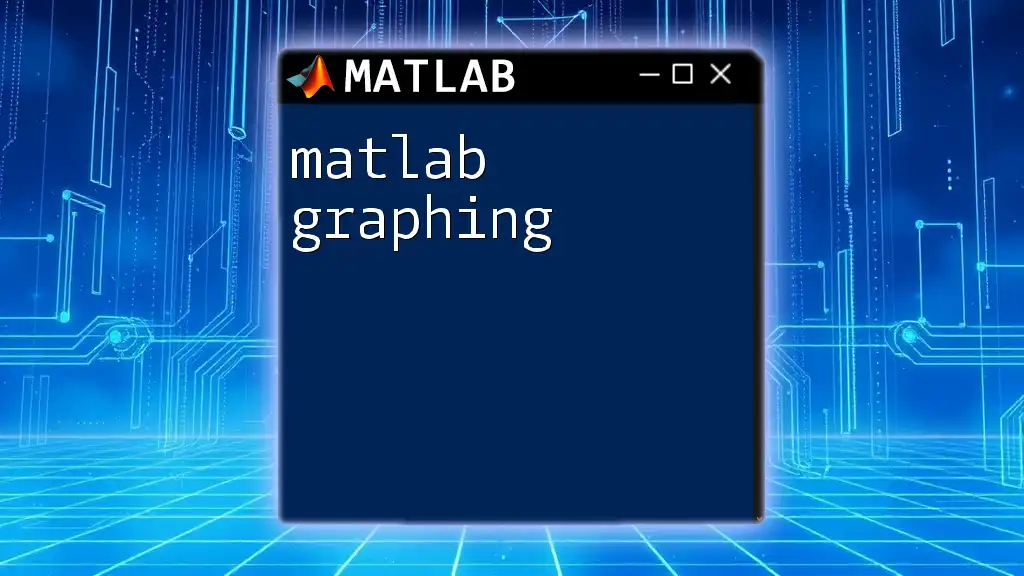The MATLAB `qr` function computes the QR factorization of a matrix, decomposing it into an orthogonal matrix \( Q \) and an upper triangular matrix \( R \).
Here’s a code snippet showing how to use the `qr` function in MATLAB:
A = [1, 2; 3, 4; 5, 6]; % Example matrix
[Q, R] = qr(A); % QR factorization
Understanding QR Decomposition
What is QR Decomposition?
QR decomposition is a method in linear algebra that factors a matrix into two distinct components: an orthogonal matrix (Q) and an upper triangular matrix (R). This decomposition is widely used due to its ability to simplify the process of solving linear systems, performing eigenvalue analyses, and tackling least squares problems.
- Q: This matrix has orthonormal columns, meaning that the columns are orthogonal to each other and have a unit length.
- R: This matrix is upper triangular, indicating that all elements below the main diagonal are zero.
Mathematical Background
To understand the significance of QR decomposition, it is essential to grasp the underlying mathematical concepts. The properties of Q and R matrices include:
- Orthogonality of Q: When two vectors are orthogonal, their dot product equals zero. This property helps in simplifying many mathematical computations, particularly in the context of projections and transformations.
- Upper Triangular Nature of R: This format allows efficient solutions to linear systems, as we can apply back substitution.
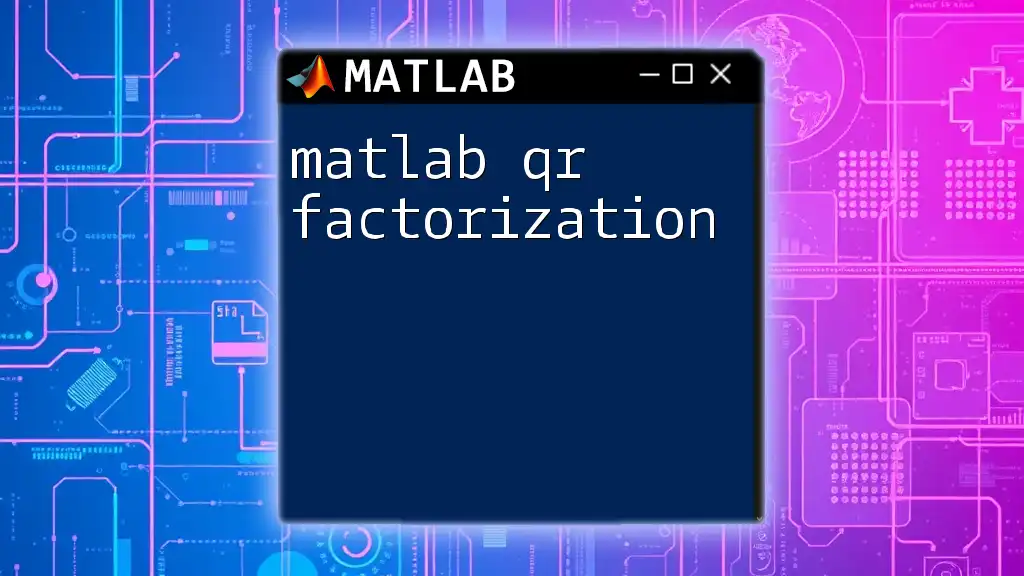
Applications of QR Decomposition
Solving Linear Systems
One of the pivotal applications of QR decomposition is solving linear systems of the form \( Ax = b \). For a matrix \( A \) that may not be square, QR decomposition provides a stable method to find the least squares solution.
Example: Consider the following MATLAB code snippet where we use QR decomposition to solve a linear system:
A = [1, 2; 3, 4];
b = [5; 6];
[Q, R] = qr(A);
x = R \ (Q' * b); % Solve using QR factors
In this example, by multiplying \( Q' \) with \( b \) and then solving for \( x \) using \( R \), we achieve the solution in a computationally stable manner.
Eigenvalue Problems
QR decomposition plays a crucial role in finding eigenvalues of a matrix. The QR Algorithm iteratively applies QR decomposition to converge to the eigenvalues of a given matrix.
Here’s a simple MATLAB approach using QR decomposition to estimate eigenvalues:
A = [1, 2; 2, 3];
[Q, R] = qr(A);
eigenvalues = diag(R); % Approximation technique
While this code provides a quick approximation, it is a stepping stone toward more advanced eigenvalue computations!
Least Squares Problem
QR decomposition is exceptionally useful for solving least squares problems, especially when dealing with over-determined systems. In such cases, we want to minimize the residual \( ||b - Ax|| \).
Example code:
A = [1, 1; 1, 2; 1, 3];
b = [1; 2; 3];
[Q, R] = qr(A);
x = R \ (Q' * b); % Find least squares solution
This method leverages QR decomposition to efficiently compute the solution, minimizing computational costs and enhancing stability.
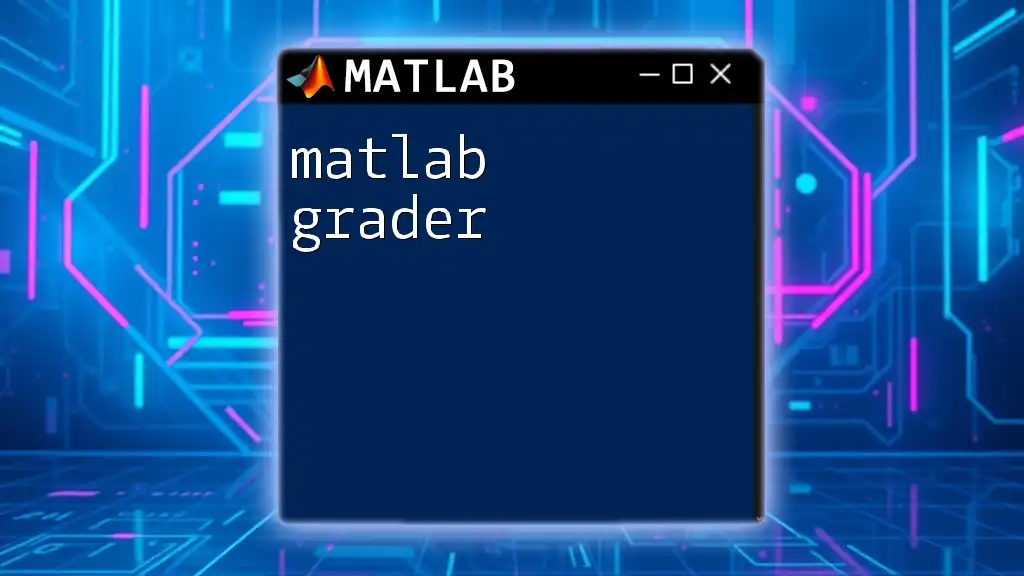
Implementing QR Decomposition in MATLAB
MATLAB Functions for QR
MATLAB provides a built-in function `qr`, which is handy for performing QR decomposition effortlessly. The syntax is straightforward:
[Q, R] = qr(A) % Performs QR decomposition
This single line computes both Q and R matrices from the input matrix A. Using the built-in function not only simplifies the coding process but also optimizes performance based on underlying algorithms.
Example usage:
A = [4, 2; 2, 3];
[Q, R] = qr(A);
disp(Q);
disp(R);
With this example, you effectively decompose matrix A and can easily visualize or utilize the resulting Q and R matrices in further calculations.
Custom Implementation of QR
For those who wish to delve deeper into the mechanics of QR decomposition, implementing a custom version using the Gram-Schmidt process is informative. The following MATLAB function showcases this technique:
function [Q, R] = myQR(A)
[m, n] = size(A);
Q = zeros(m, n);
R = zeros(n, n);
for j = 1:n
v = A(:, j);
for i = 1:j-1
R(i, j) = Q(:, i)' * v;
v = v - R(i, j) * Q(:, i);
end
R(j, j) = norm(v);
Q(:, j) = v / R(j, j);
end
end
This implementation reveals the inner workings of QR decomposition, allowing for a better understanding of the orthogonalization process.

Visualizing QR Decomposition
Graphical Representation
Visualizing the components of QR decomposition can enhance understanding significantly. One way to accomplish this in MATLAB is through matrix visualization to see the structure of Q and R.
For instance, you can use a simple plot in MATLAB to visualize matrices:
A = rand(3); % Random 3x3 matrix
[Q, R] = qr(A);
figure;
subplot(1, 2, 1);
imagesc(Q);
title('Matrix Q');
subplot(1, 2, 2);
imagesc(R);
title('Matrix R');
This visualization aids in comprehending how Q transforms the original space and how R brings that transformation into an upper triangular format.

Challenges and Considerations
Numerical Stability
When working with QR decomposition, it’s crucial to be mindful of numerical stability. This consideration is particularly relevant for large matrices or poorly conditioned matrices, which can lead to significant rounding errors. To enhance accuracy, you can opt for compact QR decomposition by using `qr(A, 'econ')`, which computes Q and R in a more numerically stable manner.
Limitations of QR Decomposition
Despite its advantages, QR decomposition has limitations. For instance, it may not be the most efficient method for particular large-scale problems. In such cases, alternatives like Singular Value Decomposition (SVD) or LU decomposition may provide better performance.

Conclusion
In summary, QR decomposition is a powerful tool in MATLAB for a multitude of applications, from solving linear systems and eigenvalue computations to least squares optimizations. Aspiring to master QR decomposition is essential for anyone delving into advanced numerical methods and applications in data science, machine learning, and engineering.
Encouragement to practice with provided examples will help solidify your understanding and improve your MATLAB skills. Don’t hesitate to join our MATLAB tutorial sessions to explore QR decomposition and much more in-depth!
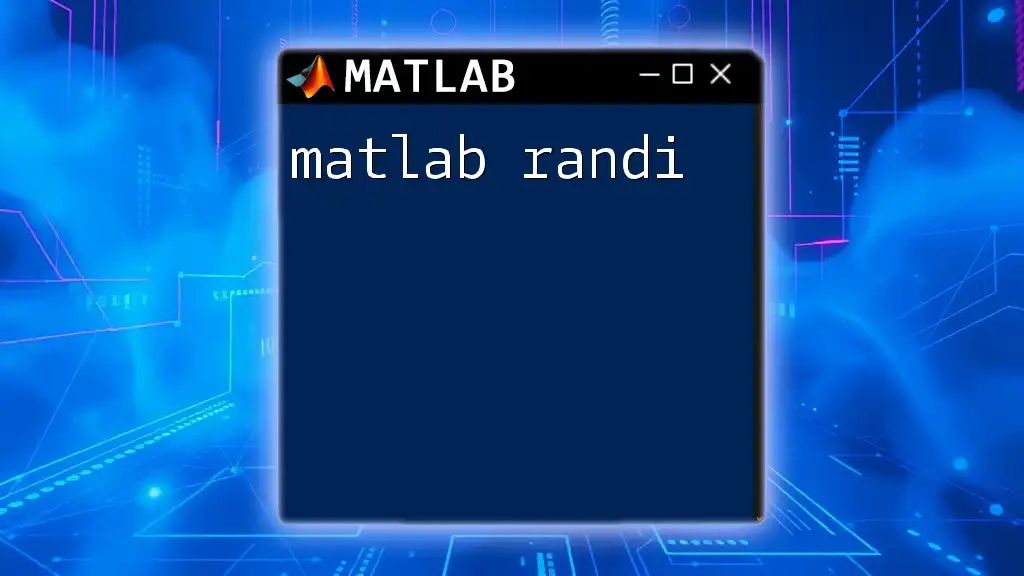
Additional Resources
For further exploration, consulting the official MATLAB documentation on QR decomposition is highly recommended. Additionally, various online courses and resources specializing in MATLAB can vastly improve your skills and application of QR techniques.

